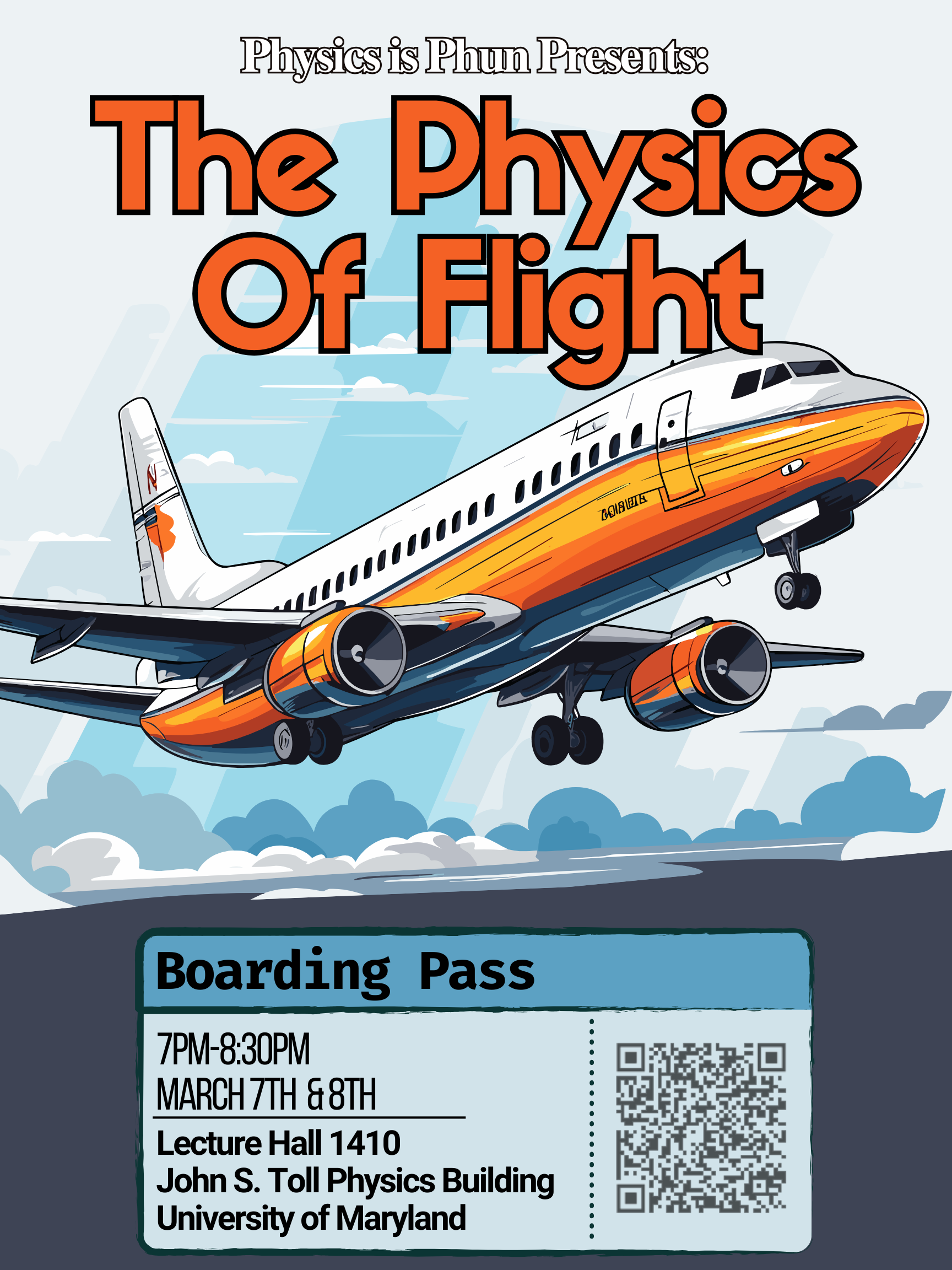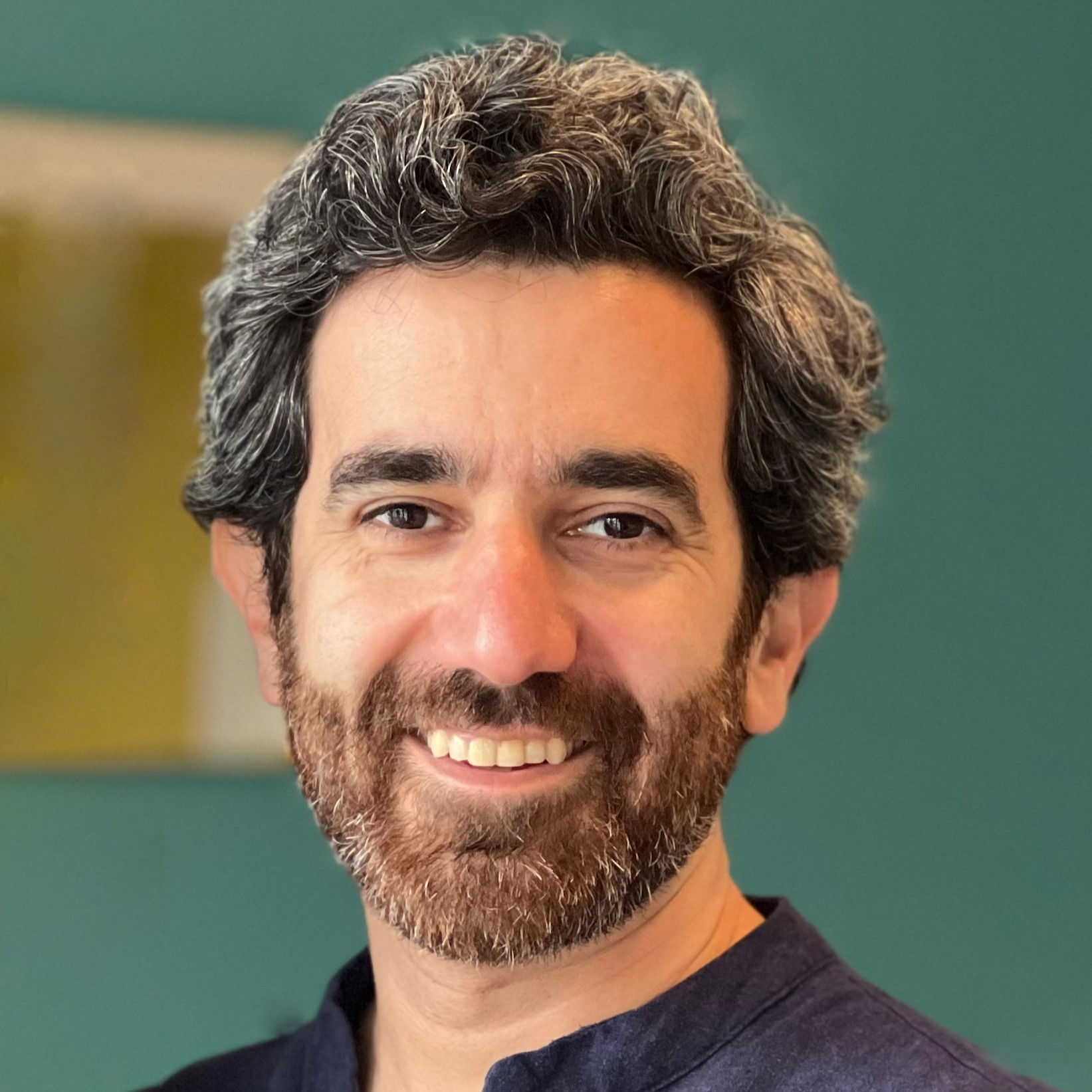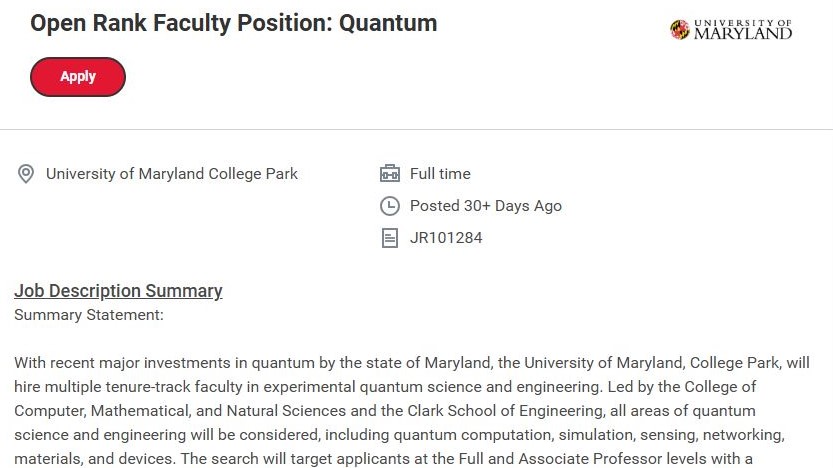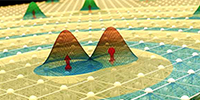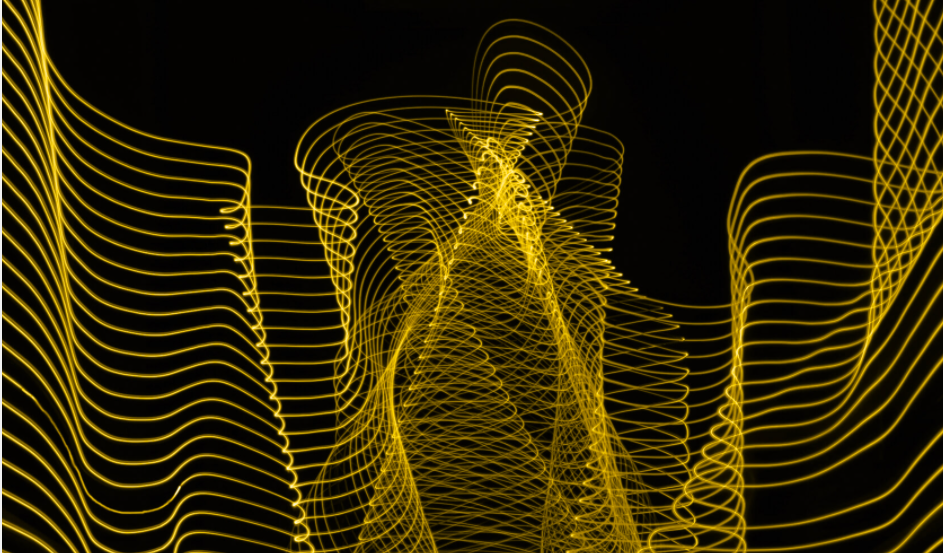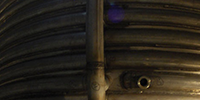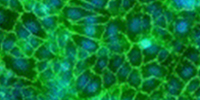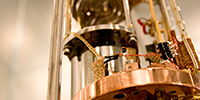Plasmonic Terahertz Waveguides
- Details
-
Created: Thursday, March 15 2012 13:37
-
Last Updated: Thursday, March 15 2012 13:37
-
Written by Carole Kiger
-
Hits: 3376
Daniel Mittleman, Rice University
April 3, 2012
Concentrating optical energy into an ultra-small spot beyond the diffraction limit has long been an interesting topic in photonics. For terahertz radiation, this challenge is of particular importance, to meet the growing interest in imaging and spectroscopy of materials with a size below the sub-millimeter scale of the free-space wavelength. One of the most exciting new approaches is to use subwavelength-sized plasmonic waveguides, based on the excitation of localized surface plasmon polaritons (SPPs) on metallic surfaces. While most of the studies on plasmonic waveguides have been focused in the optical regime, subwavelength plasmonic waveguides in the THz spectral regime have also recently attracted a great deal of attention. Here, we discuss several terahertz waveguide structures in the context of plasmonic waveguiding, and show how this understanding can enable deep subwavelength confinement of broadband terahertz signals.
-------------------------------------------------------------------------------------------------------------------------------------------------------------------------------------------------
Colloquia are held Tuesdays in Room 1410 at 4:00 pm (preceded by light refreshments at 3:30). If you have additional questions, please call 301-405-5946.
The First Neutral Atom Circuit Analogs to Basic Electric Circuit Elements
- Details
-
Created: Thursday, March 01 2012 10:05
-
Last Updated: Thursday, March 01 2012 10:05
-
Written by Carole Kiger
-
Hits: 4383
Wendell T. Hill III, Joint Quantum Institute
March 13, 2012
Atomtronics, a relatively new field of physics, seeks to re-engineer electronics where atoms are the basic carriers of information. Today, electronics only exploits the charge of the electron; it is becoming more and more clear, however, that simply utilizing the spin of the electron would enable novel ways to store information. Devices based on so-called spintronics have the potential to revolutionize electronics. The atom, having a more complex internal structure than the electron, makes the possibilities with atomtronics far richer than those with spintronics. Crossed laser beams, producing optical lattices, and lasers with exotic spatial distributions, such as higher order Laguerre-Gauss modes, provide a means for establishing optical dipole potentials that have lead to several cold atom-based analogs to electronics and condensed states of matter. Persistent currents in a ring, a close atom analog to a superconducting circuit, and even a Josephson junction are just two examples of circuit analogs that have been demonstrated. While these harmonic potentials have received the most attention, arbitrary, non-harmonic potentials would allow a host of new analogs to be constructed, including more basic electrical elements. Exploiting an adaptation of a generalized phase-contrast approach, we have generated high-quality two-dimensional (2D) optical patterns that are ideal for creating low-noise potentials for neutral atoms – free-space atom chips. The chip is composed of an etched “light substrate” – a 2D sheet of light that is either red or blue detuned from the atomic resonance. The substrate is etched by the spatially-shaped beam propagating in a direction orthogonal to the plane of the sheet, which can be either red detuned or blue detuned as well. In contrast to the more familiar material-based atom chips, free-space atom chips can possess potentials that are non-harmonic, have sharp walls and barriers that can even be modified on a timescale commensurate with the flow of an atomic BEC. We have taken the initial steps toward realizing these chips by creating RLC circuits, the resistance and inductance of which are equivalent to the Sharvin (ballistic) resistance in metals and the usually small kinetic inductance, respectively. Similarly, the capacitance is related to the imbalance between the number of atoms and the chemical potential between two points in the circuit. To our knowledge, this is the first demonstration of an atomtronics circuit with analogs to basic elements of an electronic circuit and the first direct observation in real time of the flow of an ideal gas through a channel.
-------------------------------------------------------------------------------------------------------------------------------------------------------------------------------------------------
Colloquia are held Tuesdays in Room 1410 at 4:00 pm (preceded by light refreshments at 3:30). If you have additional questions, please call 301-405-5946.








